The construction industry has made significant technological advances in recent times, and one of the greatest breakthroughs is 3D concrete printing. It is a novel technology that involves the harmonic integration of additive manufacturing concepts with traditional building materials, resulting in a completely disruptive approach to conventional designs. Initially, 3D concrete printing in buildings used specialized automated machinery to automatically pour concrete in set layers. 3D concrete printing revolutionizes building activities by shortening wait times and improving design flexibility to produce complex shapes that are generally difficult to achieve using traditional methods.
3D concrete printing can improve efficacy and beauty while also addressing global issues such as housing shortages and sustainable development challenges. This technology reduces material waste and allows for eco-friendly concrete in buildings, thus making the construction sector greener. Moreover, 3D concrete printing democratizes construction by making it possible to construct low-cost homes and buildings even in far-off places where people face economic issues.
The article looks at the working principle of 3D concrete printing, exploring its diverse applications, various benefits, and the challenges and prospects of 3D concrete printing. It gives a full appraisal of its potential to transform construction processes.
How 3D Concrete Printing Works
The concepts behind 3D concrete printing are similar to those used in other additive manufacturing methods. A computer-aided design (CAD) software application is used to create the initial digital model of the intended building. Then, this model is sliced into horizontal layers, which the printer will follow during construction. Usually, the printer is either a robotic arm or an arrangement system with a nozzle at which concrete mix is pushed through. The concrete employed for 3D printing is uniquely formulated so that it possesses the required viscosity and curing characteristics for upholding structural coherence while getting deposited layer upon layer.
The base layer is the beginning of printing and is laid on a surface that has already been prepared. The next layers are sequentially deposited according to the digital model specifications, with the printer being very precise. A major concern with this process is ensuring these concrete layers stick together while retaining their shape and structural integrity. It necessitates precise control over the curing period of the concrete and the ambient conditions within the printing facility.
Developments in 3D printing technology have led to the creation of new printing processes like contour crafting, which results in smooth surfaces, and shotcrete 3D printing, where concrete is sprayed onto a surface. Therefore, 3D concrete printing becomes more adaptable within varying building sites as these methodologies can also be changed to suit specific project requirements.
Applications of 3D Concrete Printing
3D concrete printing has numerous applications in the construction sector. Residential development is one of the most visible of these. Houses have been 3D printed all around the world, indicating that 3D printing is a feasible means for creating economical, strong, and visually appealing homes. In addition to residential buildings, concrete printing has been employed in commercial projects and the development of public facilities. This technology can be used to print a wide range of structures, including bridges, office buildings, and even public spaces like park benches and pavilions.
The technology has considerable potential for emergency assistance and disaster response. When rapid shelter is required, 3D concrete printing enables the production of long-lasting structures that may be quickly created and give instant protection from natural disasters such as floods, storms, and earthquakes. Especially in cases where traditional construction methods may be too slow or impracticable.
Furthermore, 3D concrete printing is also influencing space exploration. NASA and other space organizations are utilizing this technology to construct habitats on the Moon and Mars that can utilize materials available in their surroundings and resist extreme outer space conditions. This not only eliminates transporting them to outer space but also considers designing buildings using 3D printers that will suit any place up there.
One of the most interesting examples is the pedestrian bridge in Nijmegen, Netherlands. This 29-meter-long bridge for pedestrians and cyclists is the longest 3D-printed concrete bridge in the world. Its construction reveals how big, tough infrastructures can be built with the use of 3D printing methods that merge perfectly into the existing environment. Furthermore, apart from showing aesthetic potential, it also exhibits structural soundness and is ecologically favorable because production needs less material, thus reducing waste and the carbon footprint common in conventional building techniques.
In Georgetown, Texas, 3D concrete printing in house construction has been pioneered by the ICON. This project of 3D-printed homes shows that such technology can help solve the ongoing housing crisis and affordability challenges. These houses are constructed using a unique concrete blend and a large-scale 3D printer that can print out an entire house within days. The faster construction approach has proved to be sustainable and affordable in terms of cost, especially in regions prone to catastrophes, which take more time and involve greater labor intensity when using standard building techniques.
Germany’s Project Milestone is one of the most flexible and useful examples of 3D concrete printing that PERI has implemented. This includes constructing five different residential houses, each with its unique design made possible through the versatility of 3D printing technology. For instance, the first house was finished in 2020 and has sinuous walls and a special architectural design that would have been difficult to make using traditional methods. The success of Project Milestone demonstrates how 3D printing can allow for bespoke architectural designs that improve both beauty and functionality in dwelling units.
The given examples depict the evolutional capability of 3D concrete printing within different sectors of the construction industry. From infrastructural projects like the Nijmegen Bridge to creative housing alternatives in Texas and Germany, 3D printing is marking a completely new period of building. It allows one to make intricate and durable structures efficiently and explore new avenues for designs, thus changing the entire building’s face in years to come.
Benefits of 3D Concrete Printing
The benefits of 3D concrete printing are numerous and diverse, necessitating its increased use in construction. One noteworthy advantage is that it reduces construction time. Compared to traditional construction procedures, which can take months or even years, 3D printing is relatively quick. A simple house could, for instance, be printed within days, thereby reducing building costs and accelerating the time for project completion.
One of the several benefits of 3D concrete printing is its ability to provide flexibility in design. Traditional construction methods include disadvantages such as uniformity and a lack of originality because they limit the shapes and forms that can be used. As opposed to traditional methods of production, 3D printing enables the creation of things with complex forms and intricate patterns. The technology has made it easier for architects to come up with simpler designs and test out advanced management systems.
Cost-effectiveness is among the other important advantages. In essence, 3D concrete printing eliminates a large cost of the construction process, hence cutting down on the number of workers needed, thus resulting in reduced labor costs. Furthermore, 3D printing minimizes the amount of material wasted owing to its ability to produce just what is required for that particular building or structure. This leads to decreased material expenditures and also supports ecological building methods by minimizing waste-related environmental impacts.
Another significant advantage is sustainability. To reduce the climatic impact of construction sites, 3D printing of concrete can use green materials such as recycled aggregates formed from concrete or other binders. The precision and efficiency of the printing process also help to reduce energy usage and material waste, thereby making construction methods more eco-friendly. This is in line with worldwide efforts to control global warming while promoting sustainable development.
Challenges and Future Prospects
Even though there are numerous advantages associated with it, 3D concrete printing has many challenges that must be addressed if it is to be adopted as a mainstream construction technique. An example of such a challenge is creating good concrete mixes that can be relied upon in 3D printing processes. To cover the basic needs for stability and endurance, the concrete needs to achieve the right fluidity-strength ratio coupled with a fast set time at the same instant. The target of current research is not only the optimization of these mixtures but also the invention of novel materials that can improve the properties of 3D-printed concrete.
An additional challenge here remains the scale that can be attained with such structures. Even though 3D concrete prints have made it possible for small and medium-sized buildings, any increase would need new construction techniques as well as advances in printer technology. This is accomplished by building larger, more robust printing equipment and improving the software used to design and operate the printing process.
Compliance with regulatory and industry standards is another challenge. The construction sector is extensively regulated, with strict building codes and processes that must be followed. Therefore, defining and enforcing standards for 3D-printed structures is critical to ensuring their safety and reliability. This collaboration requires various stakeholders in a certain industry, such as researchers and regulators, to be brought together towards a common purpose of coming up with a framework that would allow 3D concrete printing to be adopted within relevant statutes.
Looking ahead, the future of 3D concrete printing in the construction industry looks bright. It will likely overcome existing challenges while new technologies pave the way for this alternative technique as print technology improves, material science advances, and software gets better. In almost every aspect of human lives, like homes, roads, bridges, and dams, 3D printing with concrete can revolutionize construction sectors. When fully developed, it may determine how architects design buildings concerning different factors such as cost-effectiveness, environmental issues, or artistic freedom.
To explore the latest emerging tools in architecture and design, visit PAACADEMY for comprehensive resources and insights.
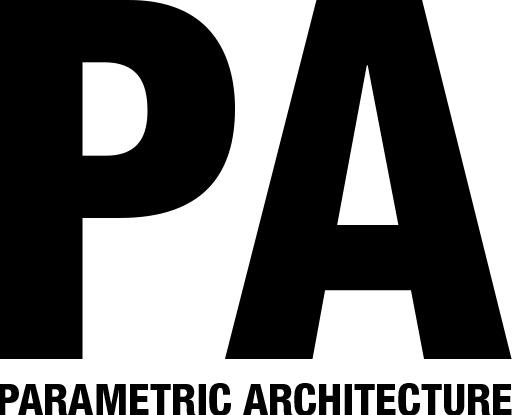




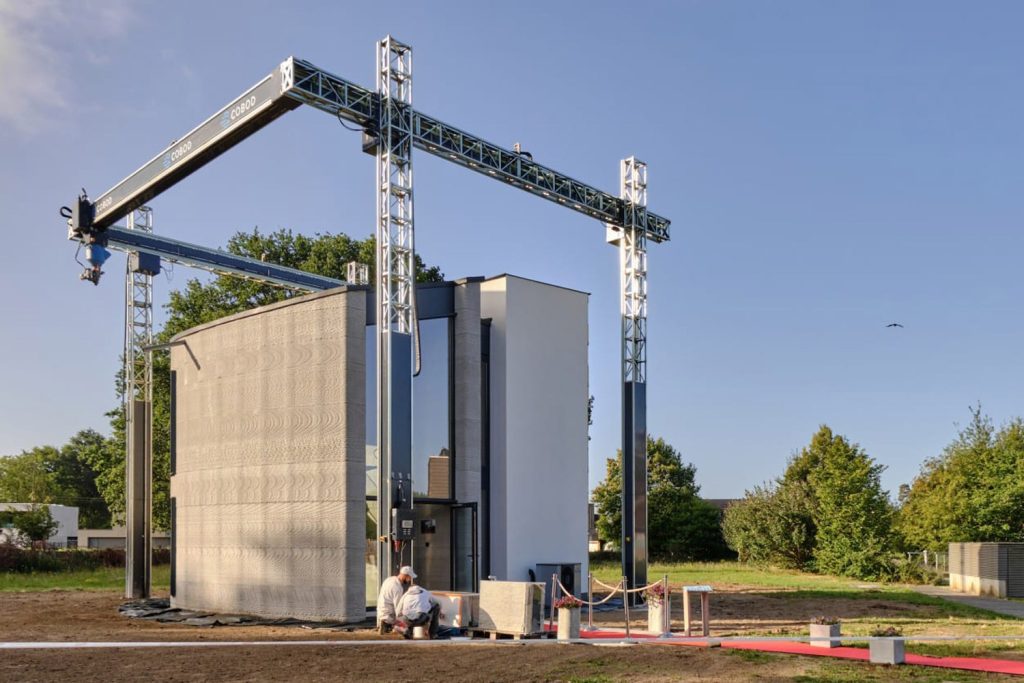
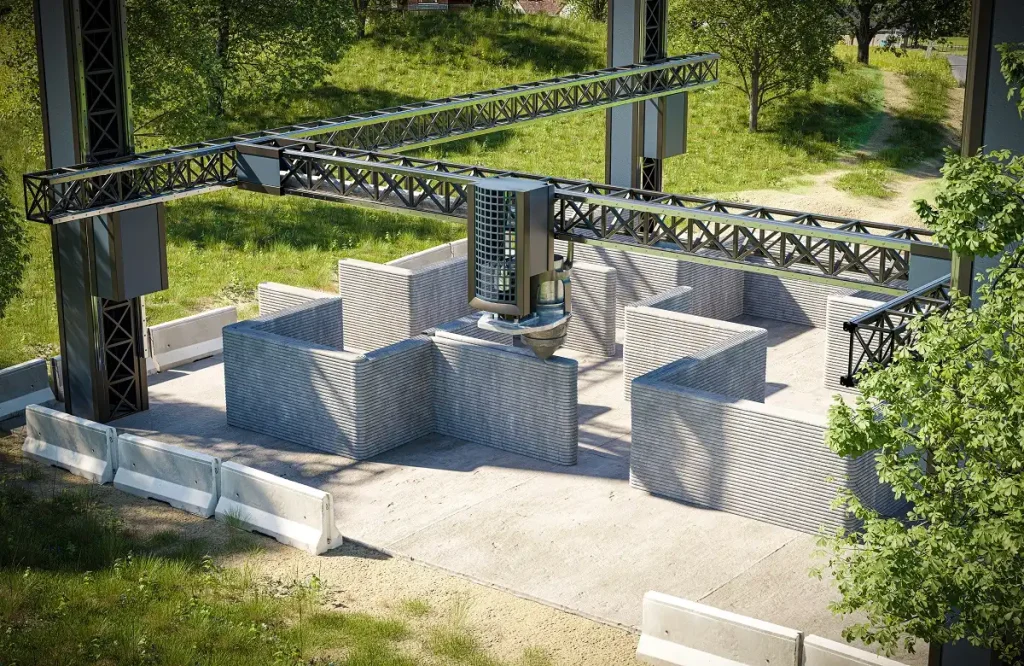
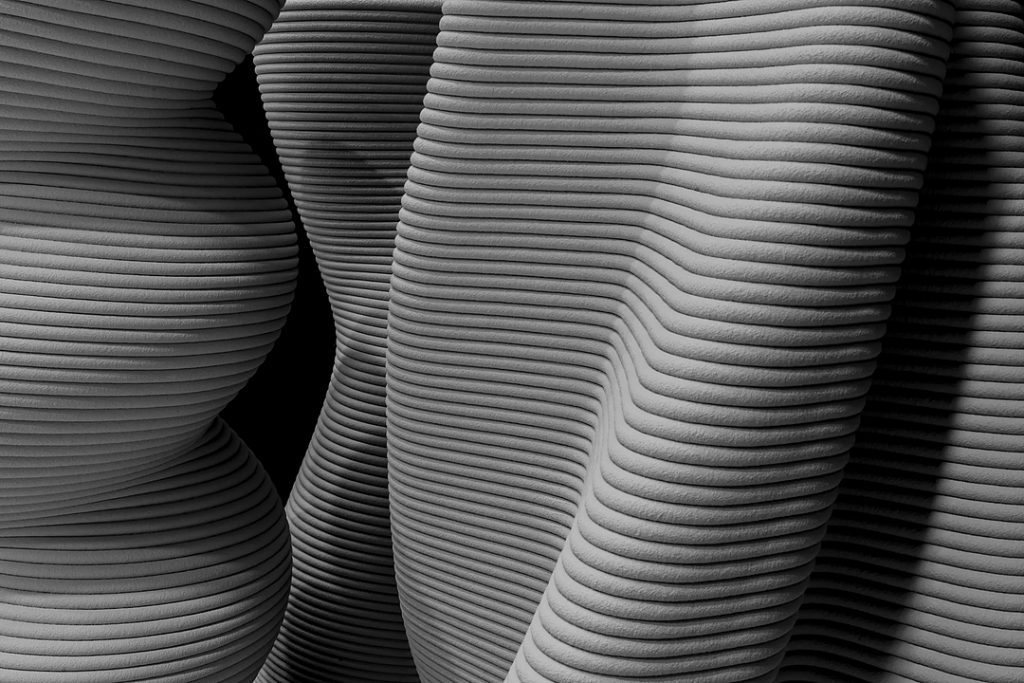
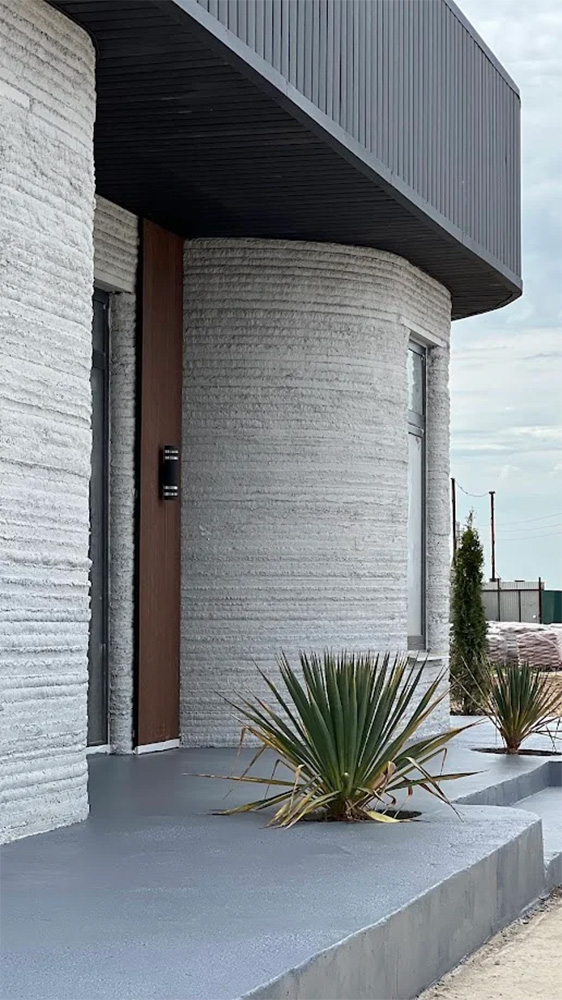
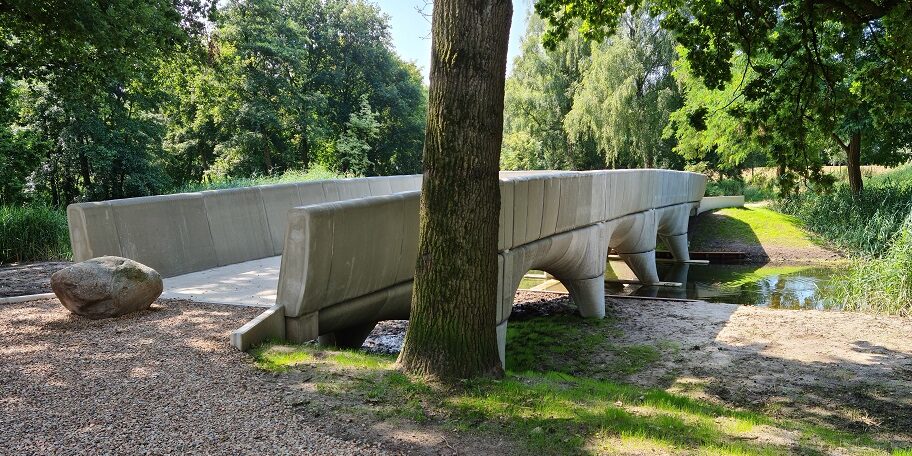
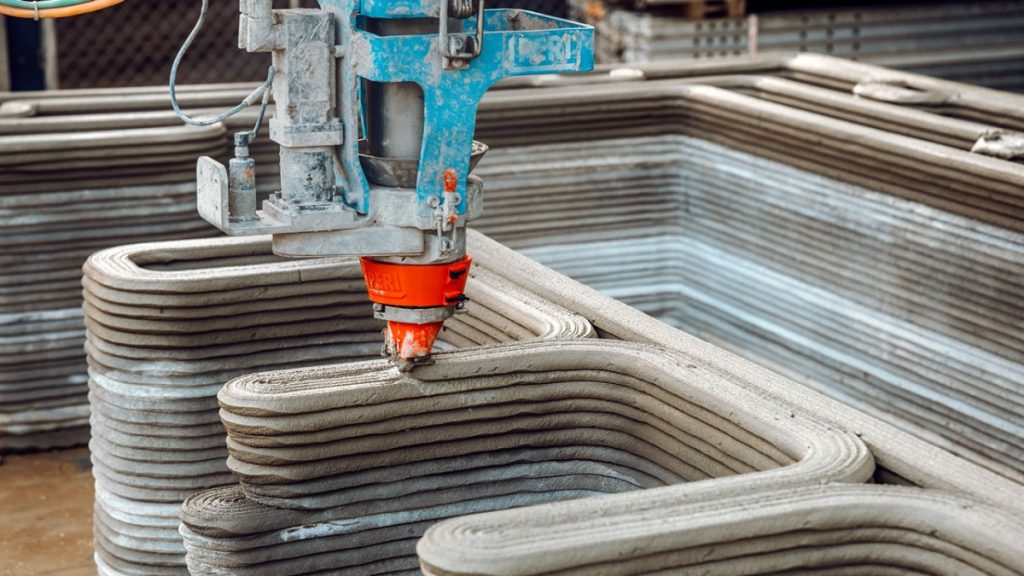
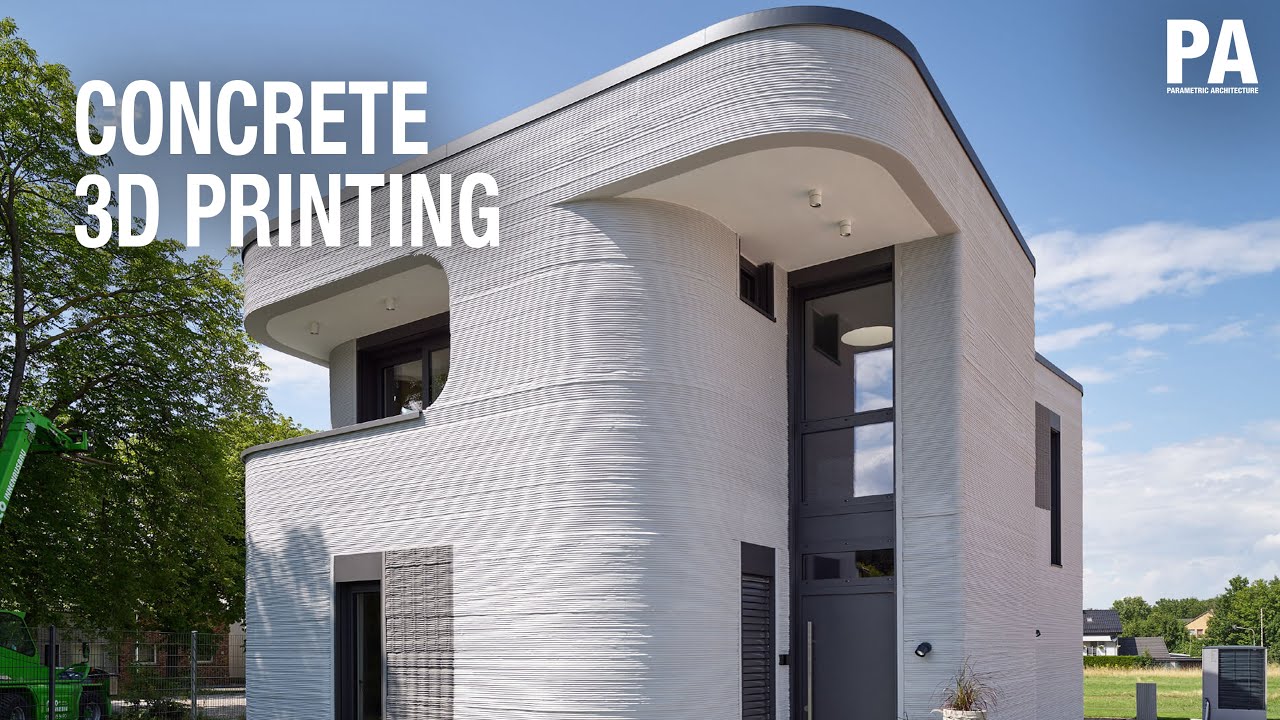



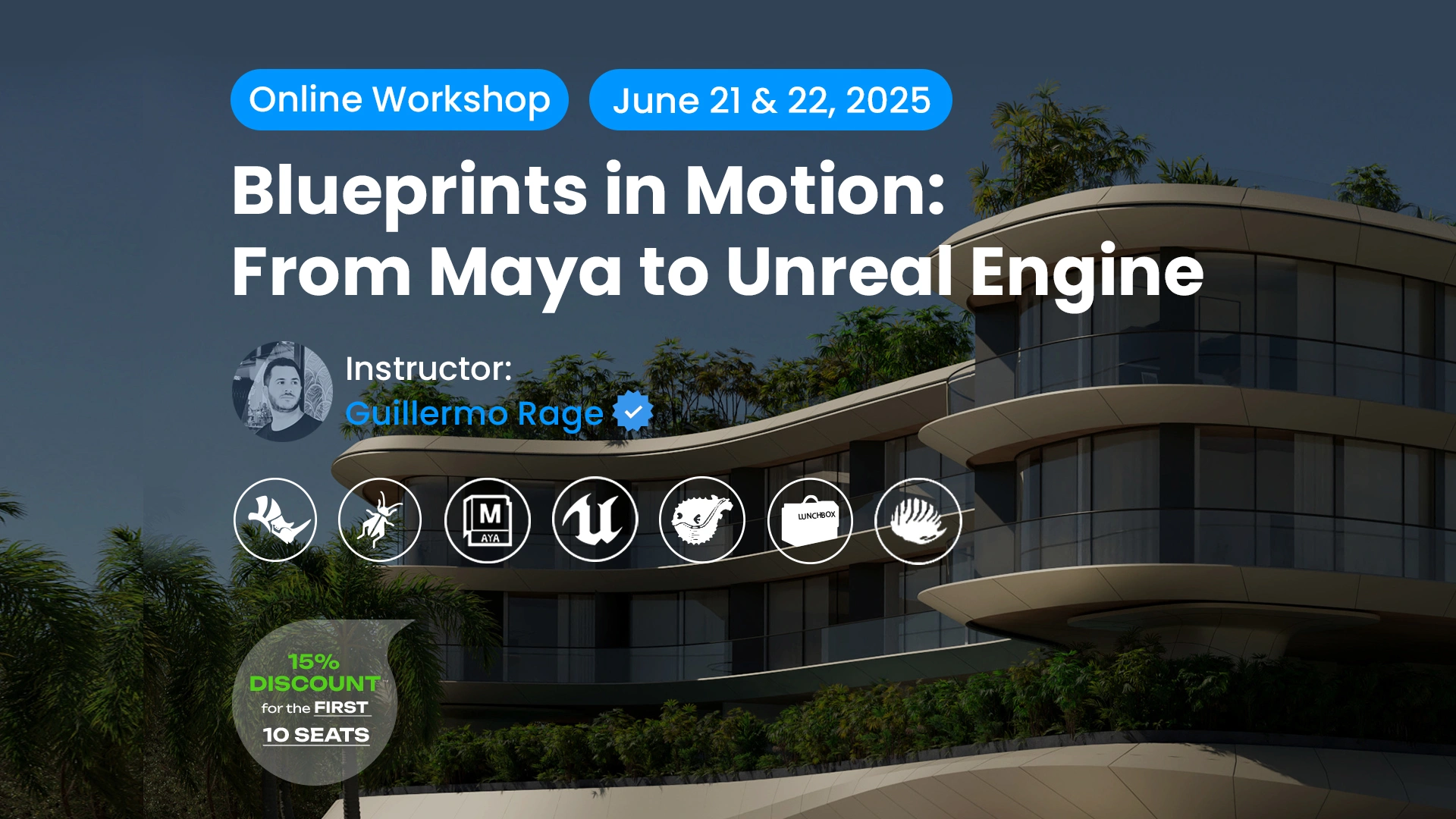

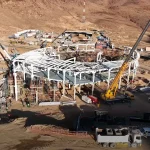


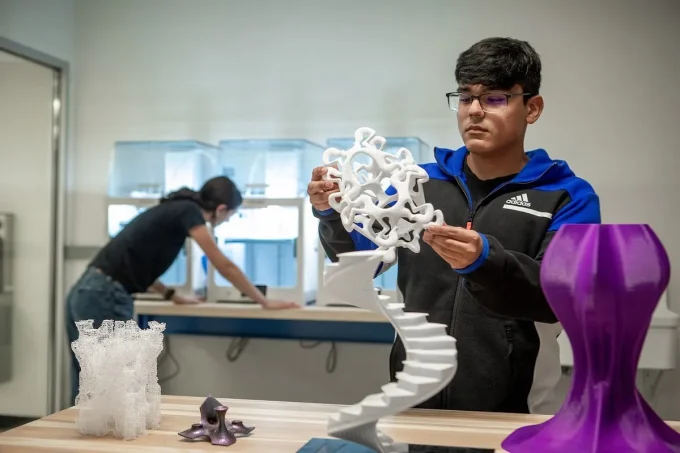
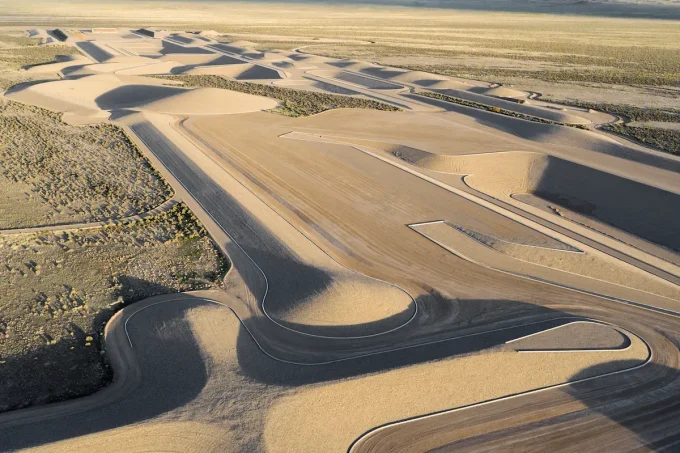






Leave a comment